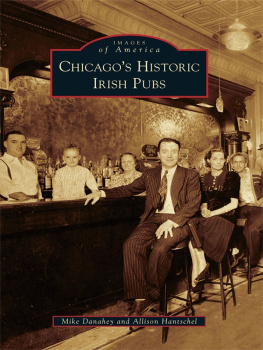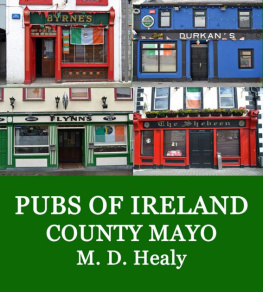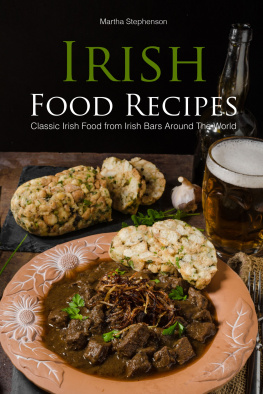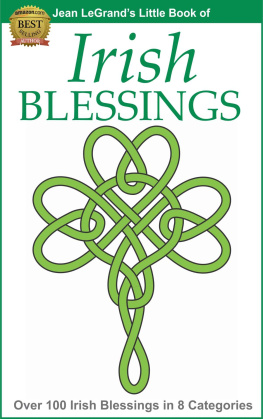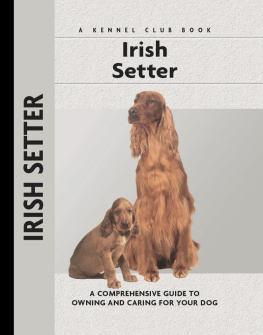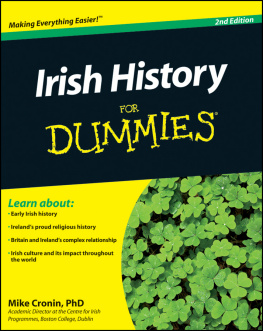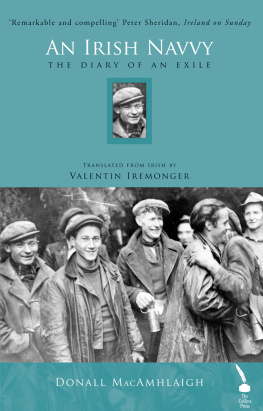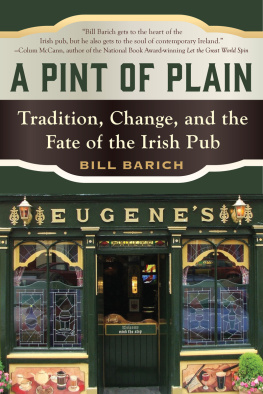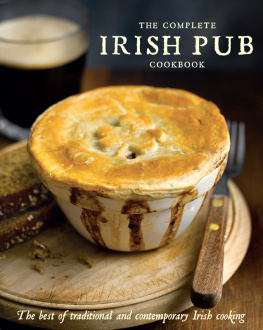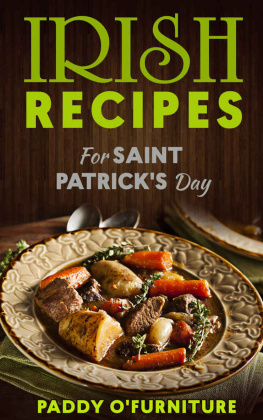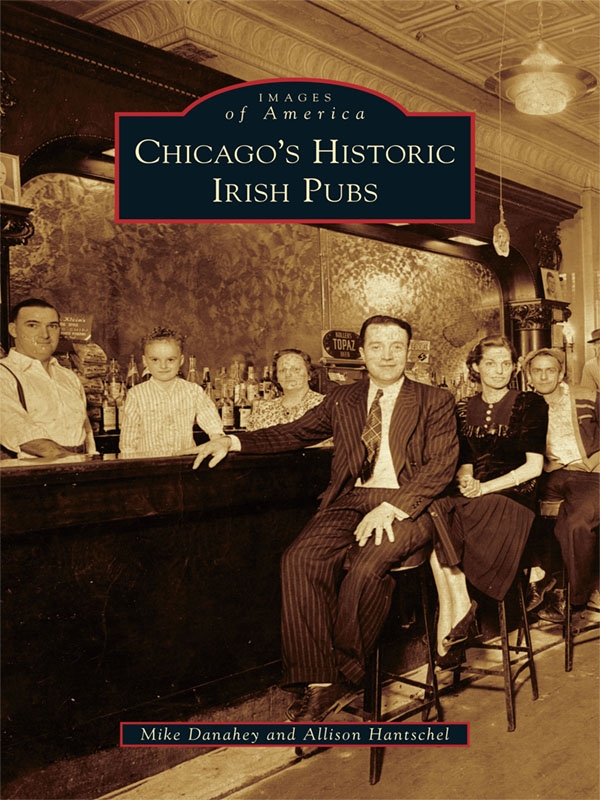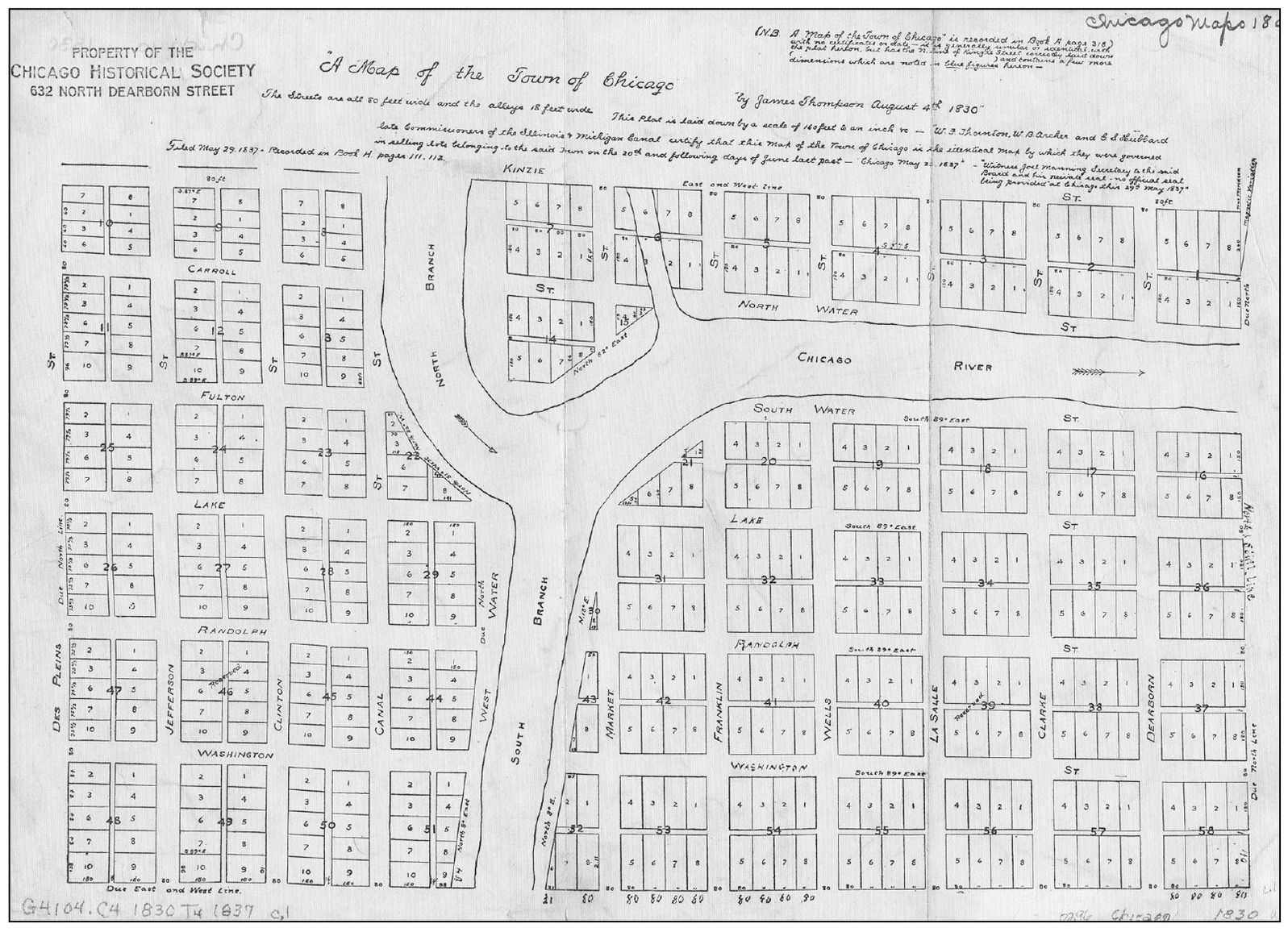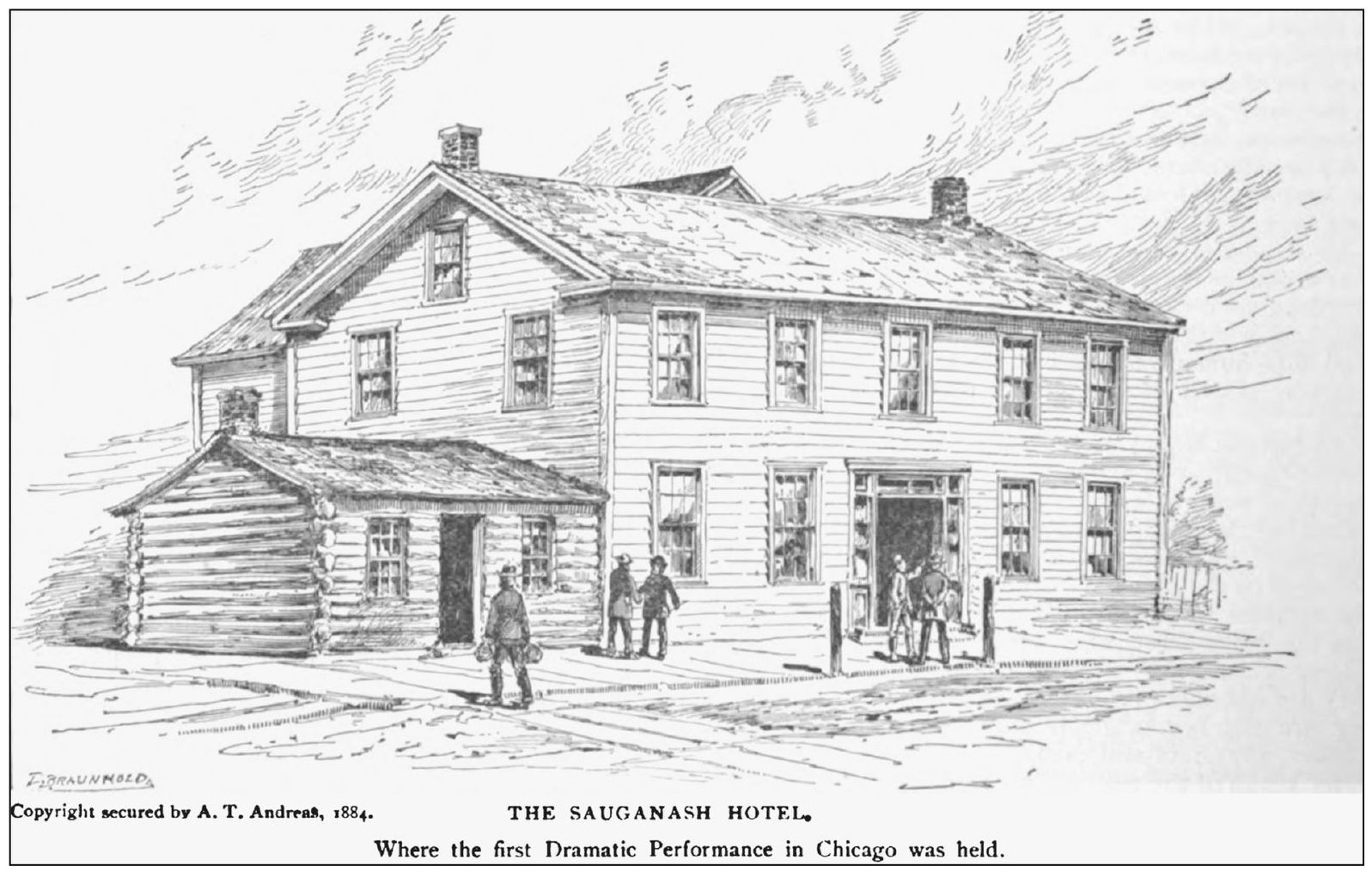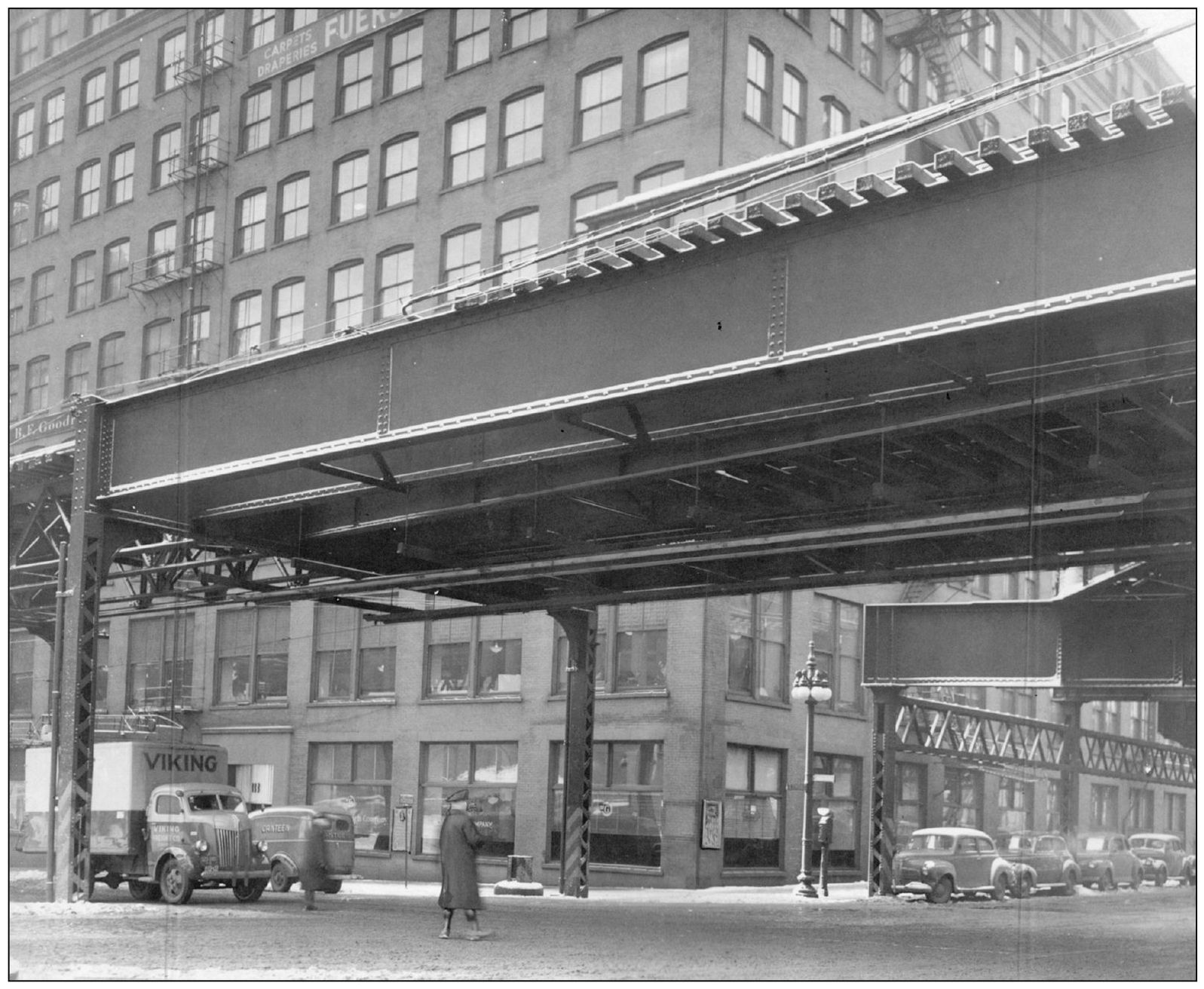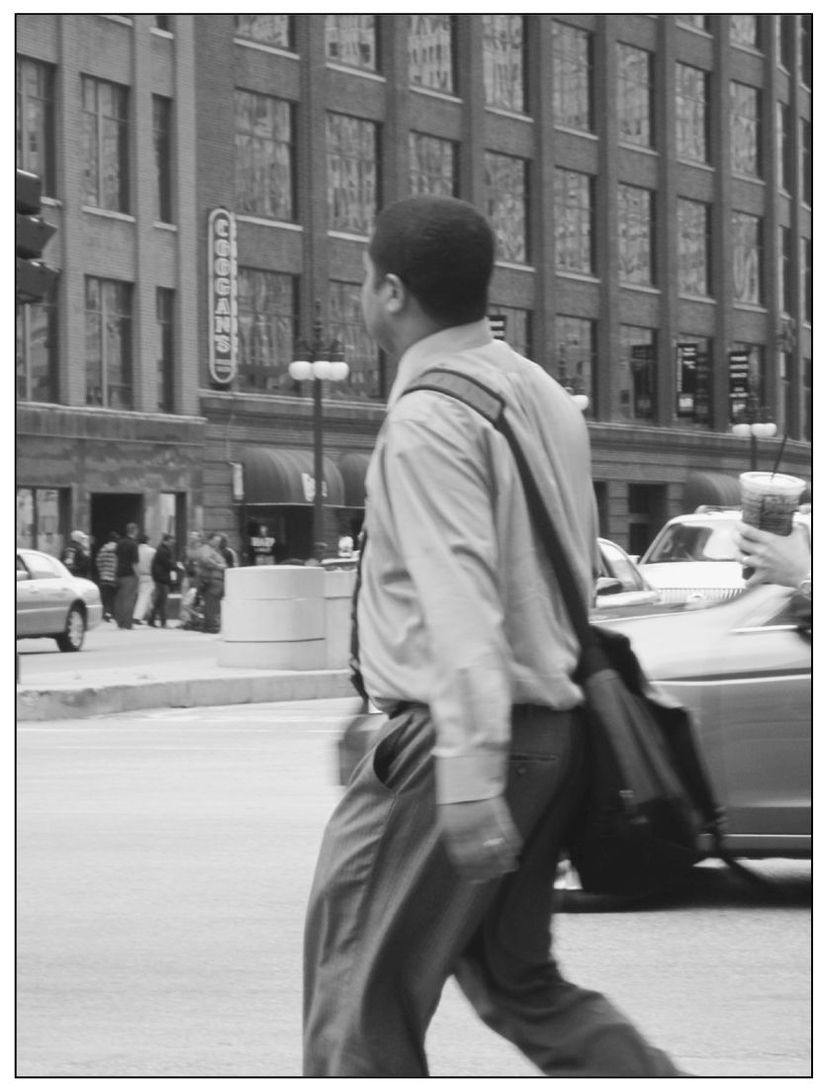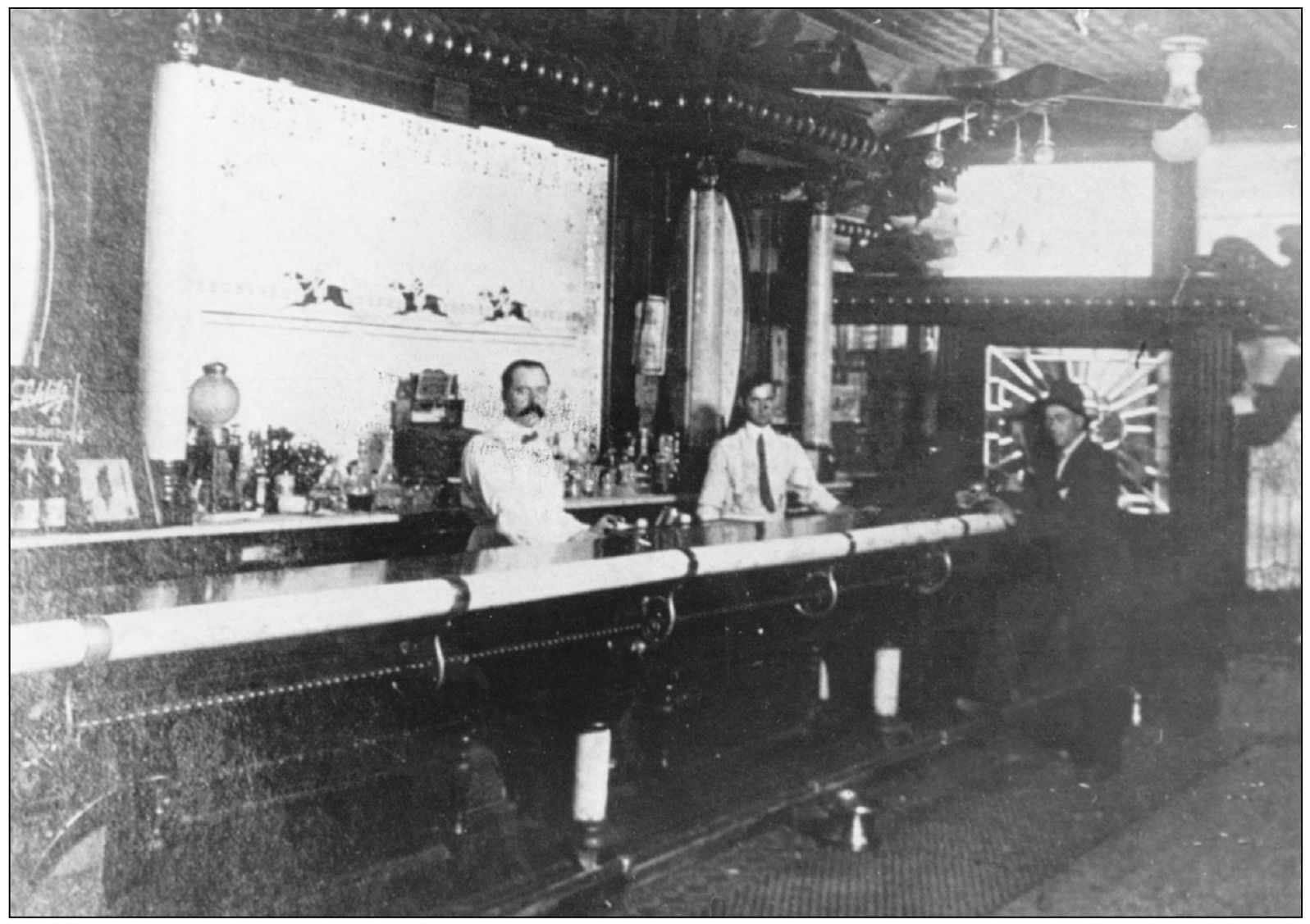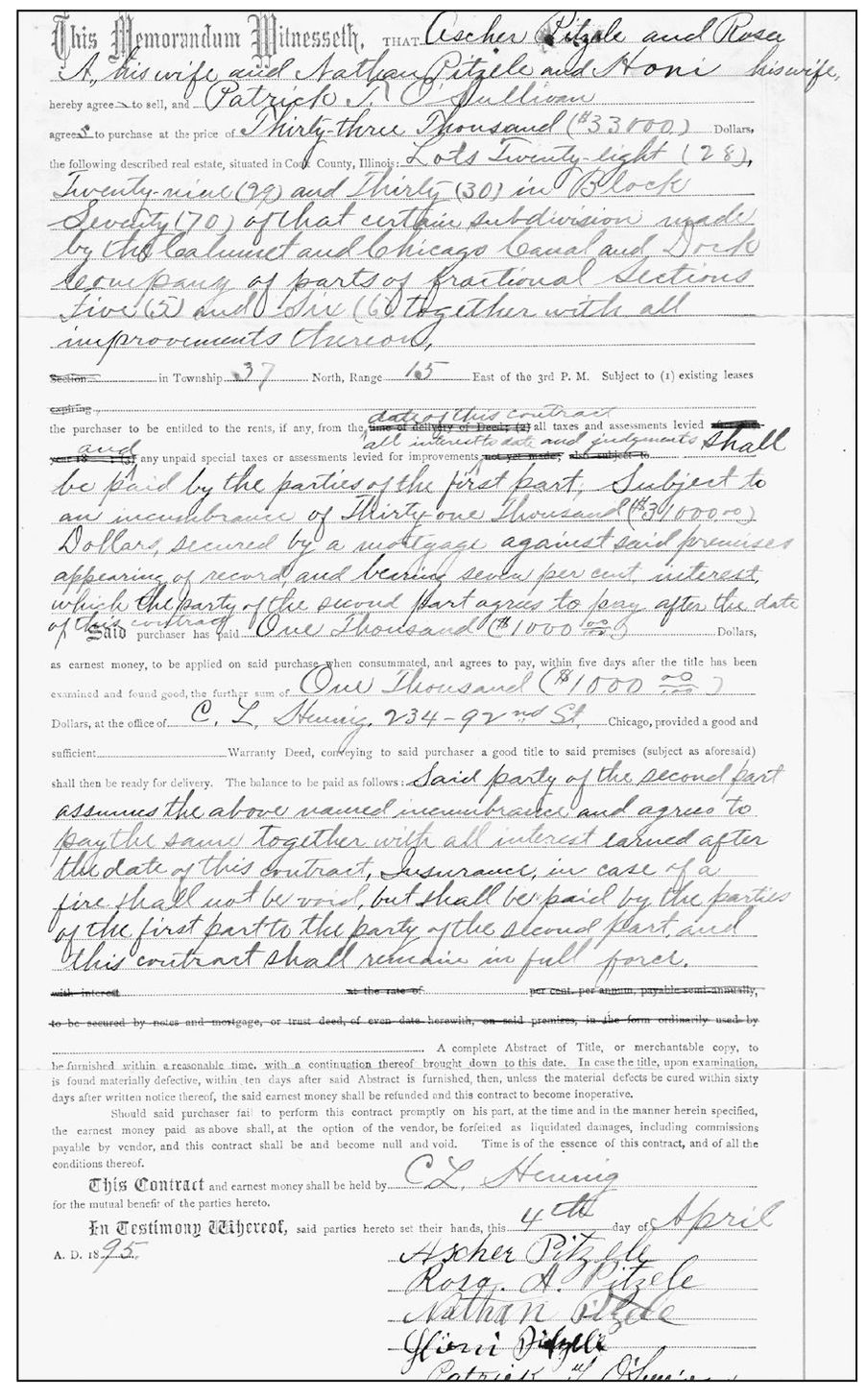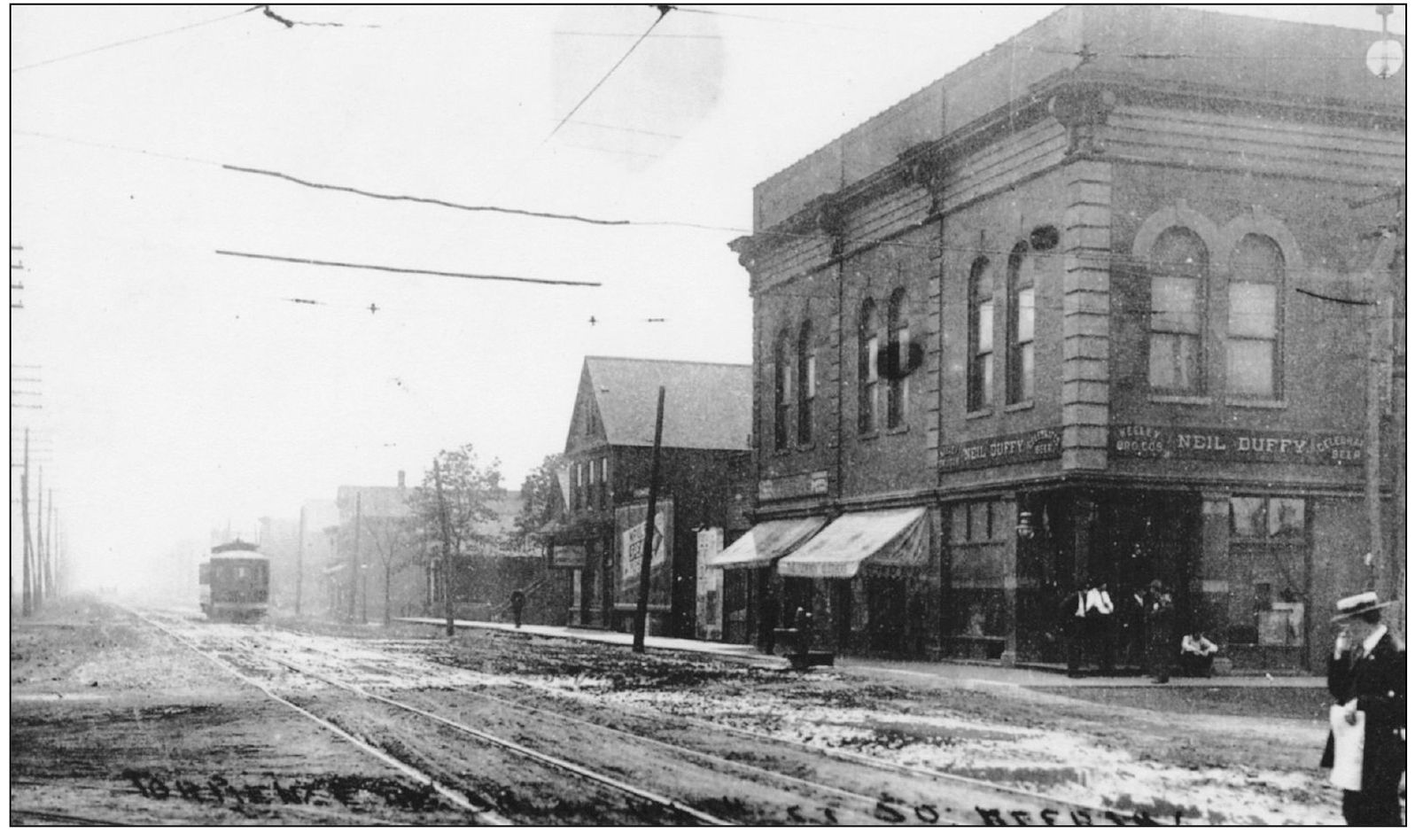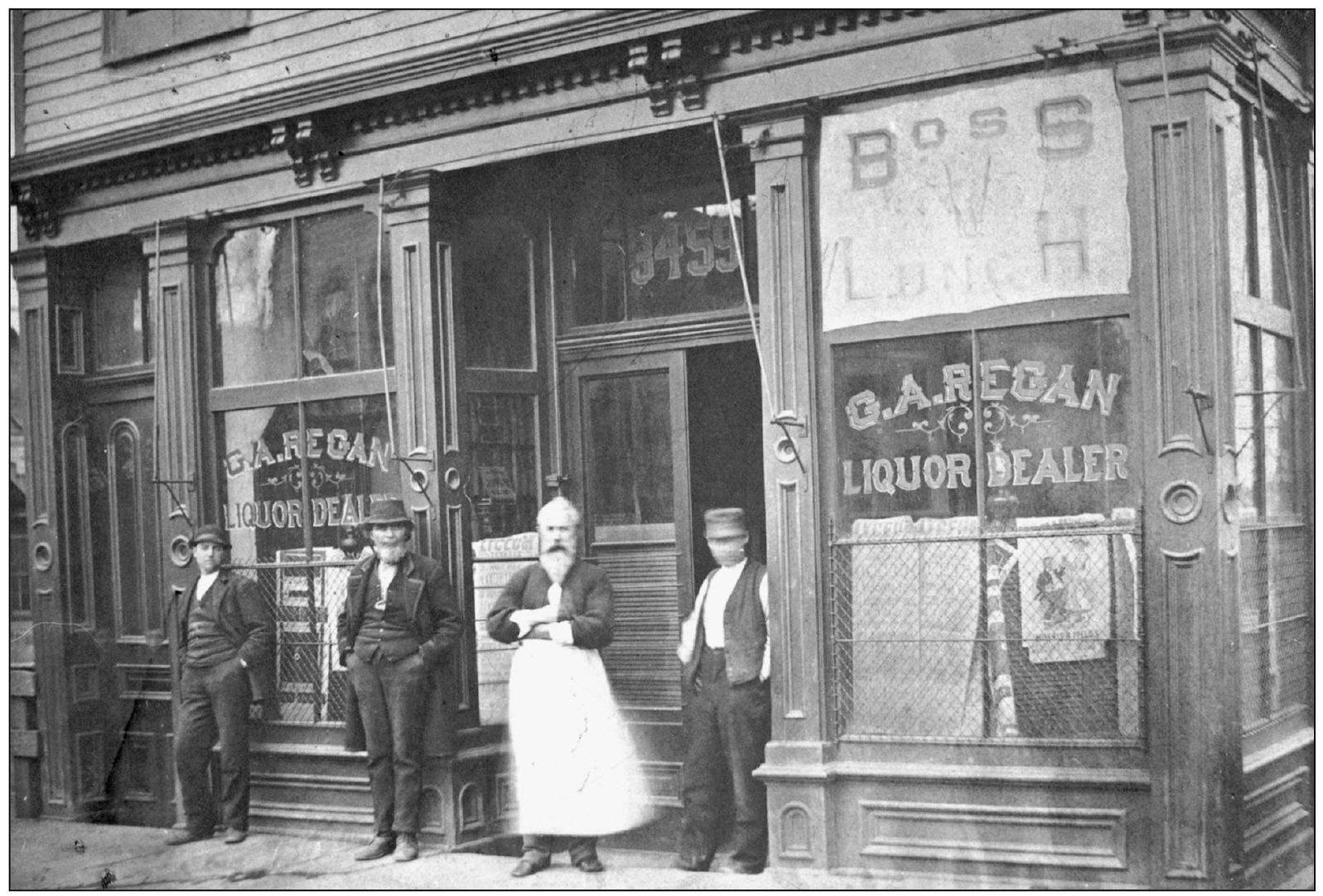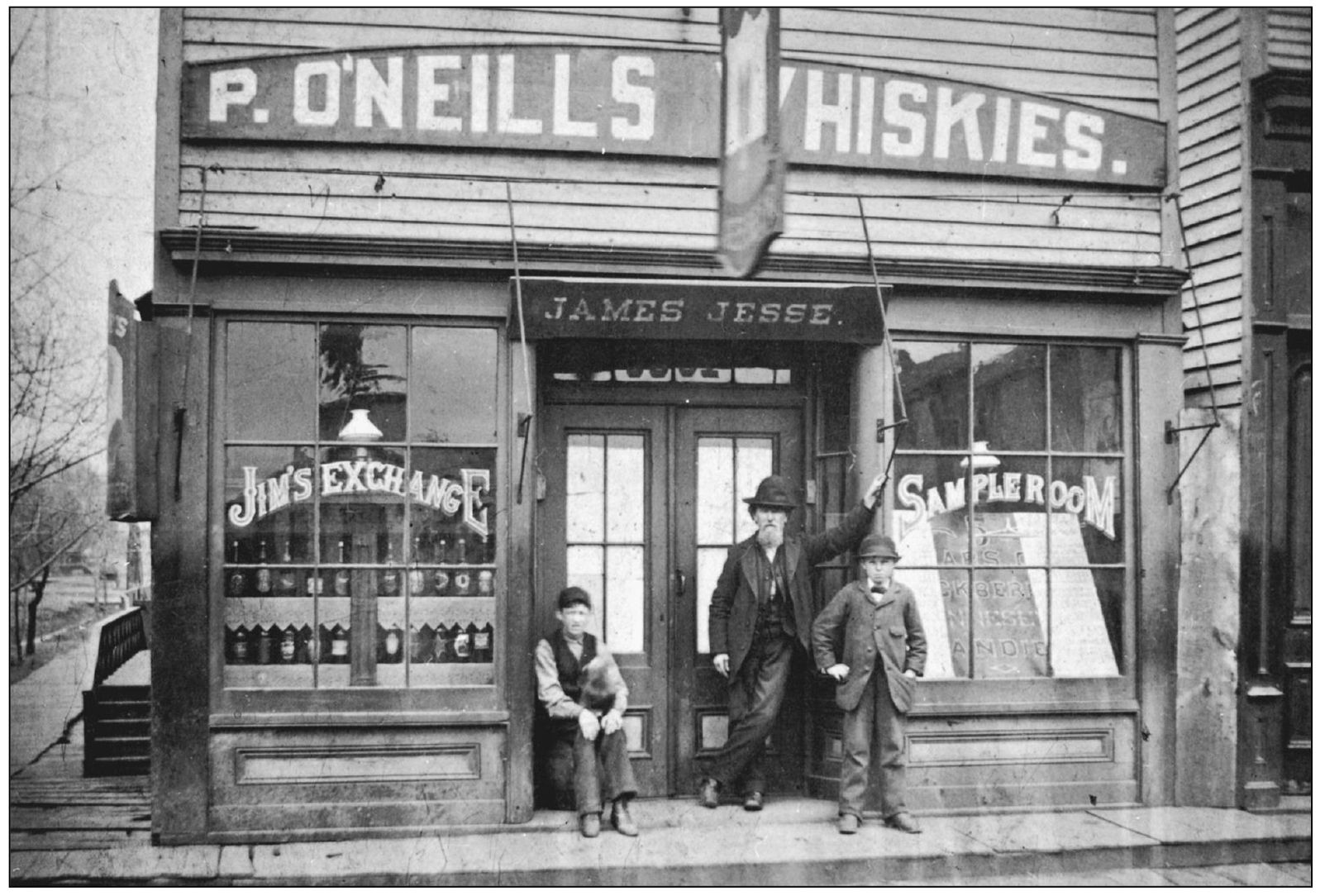Mike Danahey - Chicagos Historic Irish Pubs
Here you can read online Mike Danahey - Chicagos Historic Irish Pubs full text of the book (entire story) in english for free. Download pdf and epub, get meaning, cover and reviews about this ebook. year: 2011, publisher: Arcadia Publishing Inc., genre: Detective and thriller. Description of the work, (preface) as well as reviews are available. Best literature library LitArk.com created for fans of good reading and offers a wide selection of genres:
Romance novel
Science fiction
Adventure
Detective
Science
History
Home and family
Prose
Art
Politics
Computer
Non-fiction
Religion
Business
Children
Humor
Choose a favorite category and find really read worthwhile books. Enjoy immersion in the world of imagination, feel the emotions of the characters or learn something new for yourself, make an fascinating discovery.
- Book:Chicagos Historic Irish Pubs
- Author:
- Publisher:Arcadia Publishing Inc.
- Genre:
- Year:2011
- Rating:3 / 5
- Favourites:Add to favourites
- Your mark:
Chicagos Historic Irish Pubs: summary, description and annotation
We offer to read an annotation, description, summary or preface (depends on what the author of the book "Chicagos Historic Irish Pubs" wrote himself). If you haven't found the necessary information about the book — write in the comments, we will try to find it.
From dancing at Hanleys House of Happiness to raising pints at Kellys Pub on St. Patricks Day, the history of the Irish community in Chicago is told through stories of its gathering places. Families are drawn to the pub after Sunday church, in the midst of sporting events, following funerals, and during weddings. In good times and bad, the pub has been a source of comfort, instruction, and joya constant in a changing world. Based on interviews with tavern owners, musicians, bartenders, and scholars, Chicagos Historic Irish Pubs explores the way the Irish pub defines its block, its neighborhood, and its city.
Mike Danahey: author's other books
Who wrote Chicagos Historic Irish Pubs? Find out the surname, the name of the author of the book and a list of all author's works by series.

